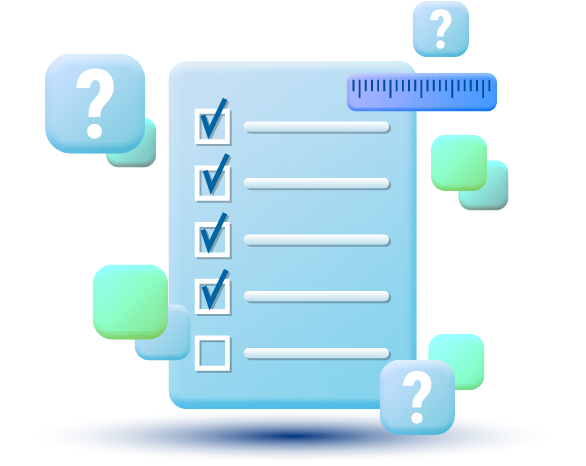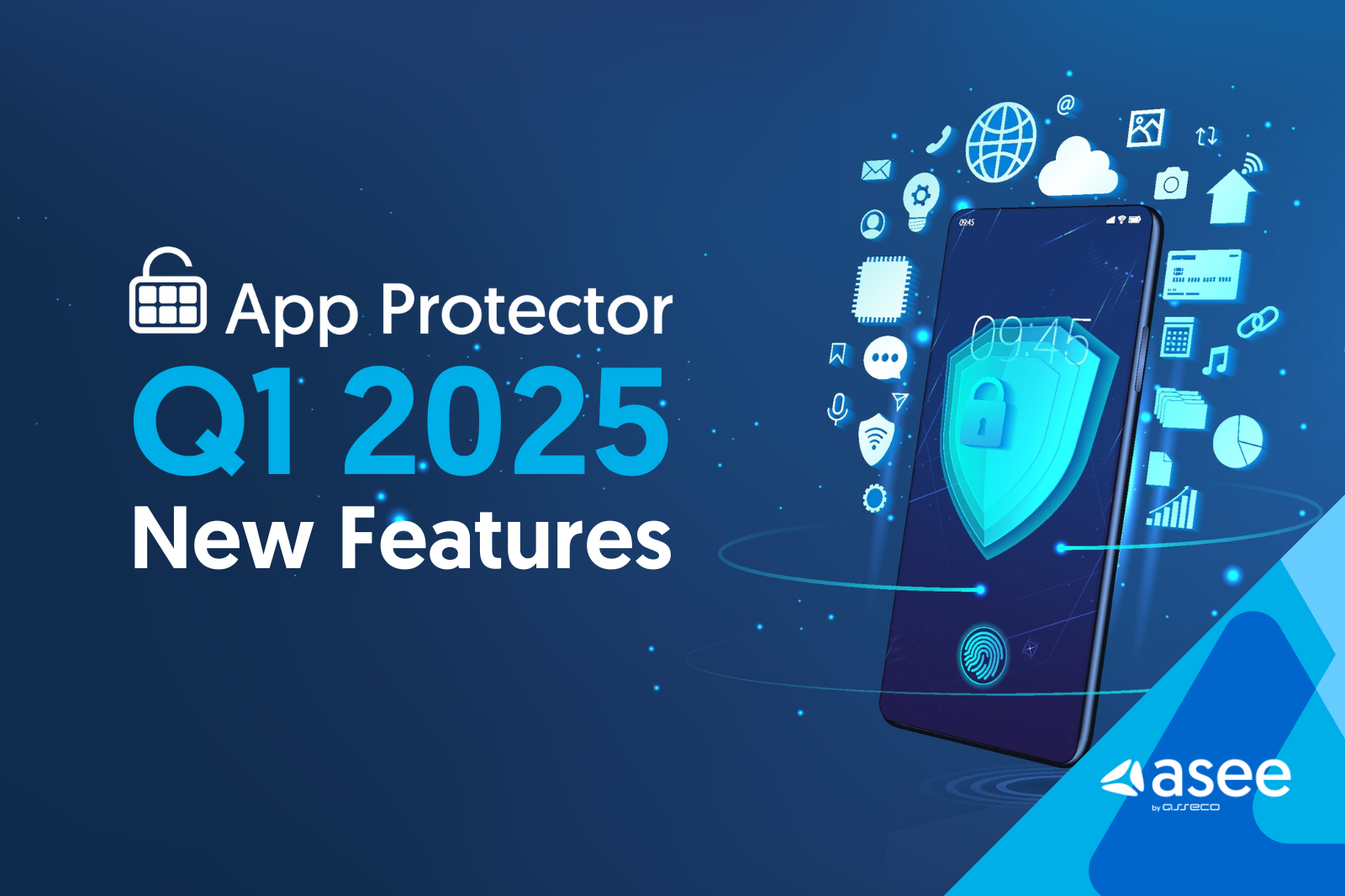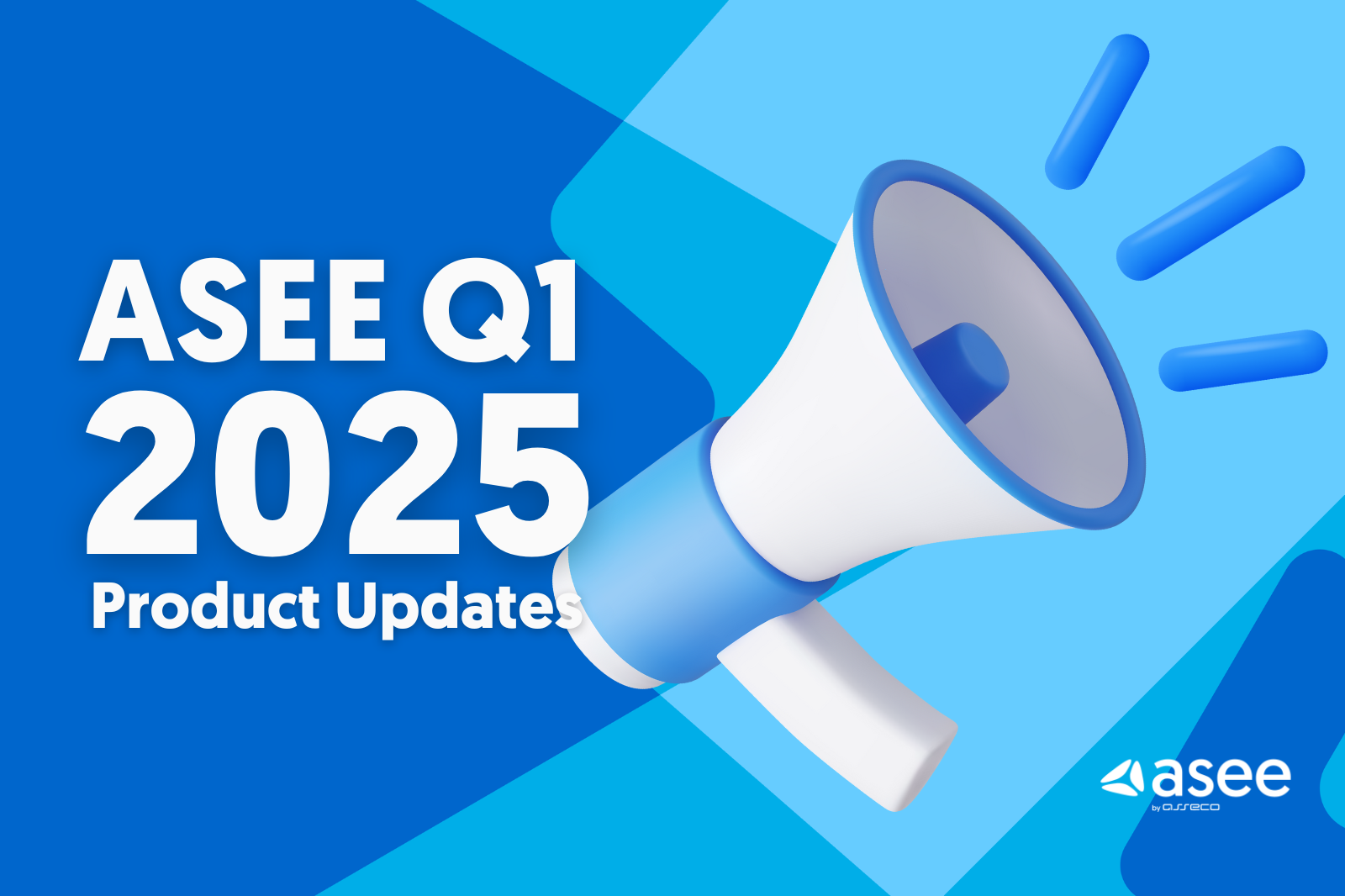In this blog, we will discuss the importance of OWASP within security and take a detailed look at the OWASP Top 10 Mobile Vulnerabilities. We'll cover everything from insecure communication to code manipulation and provide you with prevention measures to secure your mobile applications. Additionally, we will explore how you can enhance your mobile security using OWASP resources such as the Mobile Testing Guide and Mobile Application Security Verification Standard. Learn how the OWASP Top 10 Vulnerabilities for Mobile can be a helpful tool when it comes to developing secure and reliable mobile apps.
Understanding OWASP and its Importance
OWASP, the Open Web Application Security Project, is a crucial resource for developers and security professionals to ensure the security of mobile applications. By following the OWASP guidelines and best practices, developers can identify potential risks and vulnerabilities in mobile apps, protecting sensitive data and mitigating risks. The OWASP top 10 mobile vulnerabilities highlights key security risks that need to be addressed. It is an essential framework for maintaining the security of mobile devices and safeguarding against improper use and unauthorized access. Mobile app developers and security professionals should consider OWASP an important part of their security strategy.
Difference between OWASP Lists for Web and Mobile Apps
While OWASP top 10 for web applications focuses on vulnerabilities specific to web-based platforms, the OWASP top 10 for mobile applications addresses mobile-specific vulnerabilities. It takes into account the technical perspective of mobile risks and highlights the risks associated with mobile app usage while also covering security controls for web applications.
Detailed Look at OWASP Mobile Top 10 Mobile Vulnerabilities
The OWASP top 10 mobile vulnerabilities encompass a wide range of security risks for mobile applications. Understanding and addressing these mobile application security vulnerabilities is crucial for developers in order to ensure the security of their mobile apps. OWASP top 10 mobile vulnerabilities provides a comprehensive checklist for implementing necessary security controls and is a helpful tool for mobile developers aiming to protect their mobile apps.
eBook: The Ultimate Mobile Application Security Checklist
Stay on the right track while building a secure mobile application with our ultimate mobile application security checklist. Follow our best practices and ensure your mobile apps and their users are well protected.
1. Improper credential usage
Inadequate credential management occurs due to credentials misuse or hardcoded credentials. The following indicates that your mobile app might be at risk:
- Hardcoded credentials - When the app's source code or configuration files contain hardcoded login details, it's a clear sign of vulnerability.
- Insecure Transmission of Credentials - Transmitting login details without encryption or through insecure channels can signal a vulnerability.
- Unsafe Storage of Credentials - Storing user login information in an insecure manner on the device can pose a risk.
- Weak User Authentication - Using weak authentication methods or allowing easy ways to bypass authentication could indicate vulnerability.
To mitigate such vulnerabilities, you should secure user credentials storage, transmission, and authentication.
- When transmitting user credentials, make sure that the credentials are encrypted.
- Avoid using credentials storage on the device itself. Opt for revokable access tokens, which are more secure.
- Apply robust user authentication protocols.
- Keep API keys and tokens up to date by regularly rotating and updating them.
2. Inadequate supply chain security
The possibility of being vulnerable to inadequate supply chain security grows higher in cases where the mobile app is developed by third-party developers or relies on third-party components and libraries. Reasons why such mobile apps can be vulnerable are the following:
- Insufficient Security in Third-Party Components: Vulnerabilities in third-party components like libraries or frameworks are easily exploited by attackers. In case the mobile app developer doesn't properly assess these components or keep them updated, the app becomes vulnerable to attacks.
- Threats from Malicious Insiders: Rogue developers can intentionally introduce mobile application security vulnerabilities. This happens when the developer fails to enforce proper security measures and monitoring within the supply chain process.
- Lack of Validation and Testing: In cases where the mobile app developer doesn't conduct thorough testing, the app becomes susceptible to attacks. Failure to validate the security within the supply chain process can also lead to vulnerabilities.
- Absence of Security Awareness: Without adequate security awareness, mobile app developers might neglect to implement necessary security measures to prevent supply chain attacks.
The following steps can ensure prevention of the ''inadequate supply chain vulnerabilities'':
- Make sure that secure coding practices, testing, and code review are implemented throughout the entire mobile app's development lifecycle. This way, you're able to both identify and mitigate mobile application security vulnerabilities accordingly.
- Make sure the app signing and distribution are secure in order to disable attackers from distributing malicious code.
- Reduce vulnerability risks by relying solely on trusted and verified third-party components or libraries.
- Set up security measures for app updates, patches, and releases to block attackers from exploiting any app weaknesses.
- Stay vigilant by using security testing, scanning, or similar methods to spot and respond to supply chain security issues promptly.
3. Insecure Authentication/Authorization
To combat such vulnerabilities, understanding that there is a clear technical difference between authentication and authorization is crucial. To simplify, authentication is responsible for identifying the individual, while authorization checks if the authenticated individual has sufficient permissions to conduct a specific action. This leads the conclusion that authorization needs to happen immediately after the user authentication request.
When mobile apps are in question, the following indicates weak authentication:
- Execution of Backend API Requests Without Authentication: If the app can make backend API service requests without an access token, it might suggest authentication vulnerabilities.
- Storing Passwords or Shared Secrets Locally: Saving passwords or shared secrets directly on the device could indicate authentication weaknesses.
- Weak Password Policies: A straightforward password input process might signal insecure authentication practices.
- Utilization of FaceID and TouchID: The use of features like FaceID or TouchID might also imply insecure authentication methods.
4. Insufficient Input/Output Validation
Insufficient validation of data coming from outside sources, like user inputs or network data, within a mobile app can create serious security weaknesses. Mobile apps that don't properly check and clean such data are open to attacks that specifically target mobile platforms. An example of such an attack would be SQL injection.
These weaknesses can lead to harmful outcomes, including unauthorized access to sensitive data, app manipulation, and potential compromise of the mobile system.
Lacking proper validation of output can cause corrupt data or vulnerabilities in how the information is shown, allowing malicious individuals to insert malicious code or alter sensitive information displayed to the users.
5. Insecure Communication
Communication through mobile usually includes data transfer from point A to point B. In case the communication is intercepted and there is no sufficient security in place, hackers can easily access the data. The severity of the issues rises with the sensitivity of the data contents. If the transferred data includes sensitive user information, passwords, account details, or encryption – the breach could lead to serious consequences for the business and the app's users.
6. Inadequate Privacy Controls
Inadequate Privacy Controls Vulnerability is closely connected to the PII – Personally Identifiable Information. Generally, such information can be leaked, manipulated, or blocked (destroying data or blocking access to data). Common examples of PII include:
- Name
- Address
- Credit Card information
- Email
- IP address
- Health information
- Religion
- Political information
In case an attacker gains insight into the user's PII, they can easily impersonate the user whose PII is leaked and commit fraudulent actions. If the attacker has the victim's credit card information, they can inflict serious financial damage on the victim. Another way of profiting from PII is blackmailing the victim and demanding a ransom.
7. Insufficient Binary Protection
Attackers targeting mobile app binaries can have multiple drivers. As the binary holds valuable information, the attackers might be looking for a variety of things:
- Commercial API keys
- Hardcoded cryptographic data that can be exploited
- Revealing the app's business logic
- Pre-trained AI models
Apart from gathering information, attackers might manipulate app binaries to gain access to paid features without payment or bypass other security measures. The worst scenario is that well-known apps can be altered to include malicious code and then distributed through third-party app stores or under a different name to deceive users. A common attack involves altering payment identifiers in an app, repackaging it, and distributing it through app stores. When users unknowingly download this unauthorized version and make a payment, the attacker receives funds.
8. Security Misconfiguration
Security misconfiguration in mobile apps occurs when permissions, security settings, and controls are improperly set up, resulting in unauthorized access and vulnerabilities. Those who exploit these misconfigurations aim to gain unauthorized access to sensitive data or execute malicious actions. Threat agents could include someone with physical access to the device or a malicious app exploiting these misconfigurations to perform unauthorized actions within the vulnerable application context.
9. Insecure Data Storage
Insecure data storage in mobile apps poses a risk of exposing sensitive information. The OWASP top 10 mobile vulnerabilities highlight these risks and emphasize the importance of protecting personal data. Mitigating this risk involves implementing encryption mechanisms and secure data storage practices. Developers can refer to the OWASP mobile application security vulnerabilities checklist to implement necessary security controls for data storage.
10. Insufficient Cryptography
Implementing encryption mechanisms is crucial for protecting sensitive data in mobile applications. The OWASP top 10 mobile vulnerabilities address the risks associated with the lack of cryptography. By following the OWASP mobile vulnerabilities checklist, developers can ensure the use of secure encryption algorithms, thereby safeguarding data storage and communication. Proper implementation of cryptography measures is an important aspect of mobile app security.
Enhancing Mobile Application Security with OWASP Top 10 Mobile Resources
Enhancing mobile app security is crucial in today's digital landscape. To achieve this, leveraging OWASP resources is essential. OWASP provides valuable tools, guidance, and best practices for securing mobile apps. By incorporating these resources, developers can mitigate vulnerabilities and enhance the overall security of their mobile apps. Utilizing OWASP resources is a proactive step towards building robust and secure mobile applications.
The OWASP Mobile Application Security Testing Guide (MASTG)
Enhance your app security testing practices with the guidance of the OWASP Mobile Application Security Testing Guide. This comprehensive framework provides a structured approach for evaluating the security of mobile apps. By following this guide, you can perform thorough security assessments, identify vulnerabilities, and take necessary measures to protect your app and sensitive data. Stay proactive in ensuring the security of your mobile apps by leveraging the OWASP Mobile Testing Guide.
Leverage the OWASP Mobile Application Security Verification Standard (MASVS)
Mobile Application Security Verification Standard (MASVS) by OWASP is the industry standard concerning mobile application security. The goal of MASVS is to provide developers and software architects with a framework allowing them to produce high-quality, secure mobile apps. Also, it enables security testers to make sure that the test results are consistent and complete.
Are Your Mobile Apps Secured from the OWASP Top 10 Vulnerabilities?
As an additional resource, ASEE prepared an eBook discussing the importance of enterprise mobile application security in today's circumstances. We are reflecting on the threats surrounding the enterprise mobile application landscape and providing our readers with an enterprise mobile application security checklist for a protected and safe journey.
eBook: The Ultimate Mobile Application Security Checklist
Stay on the right track while building a secure mobile application with our ultimate mobile application security checklist. Follow our best practices and ensure your mobile apps and their users are well protected.
To find out more about mobile app security, contact us or visit our blog section.









